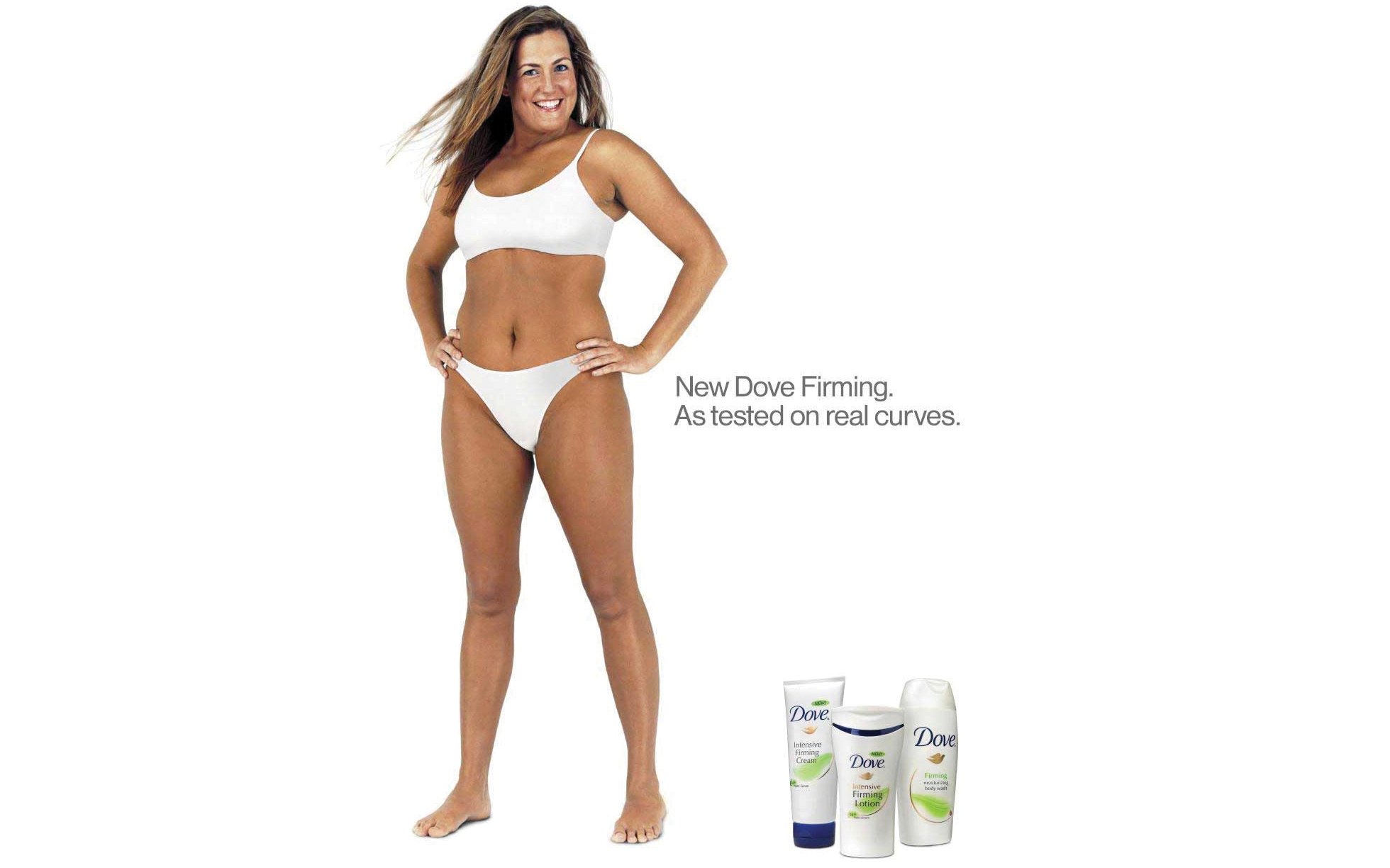1)
2)
3)
In the 1950's/60's, women were often portrayed as inferior to men. They were often portrayed as being servants to their husbands, always working around the house and weak/not "manly". It was very common to see adverts featuring women who were cleaning or serving dinner. For example, the first ad I've shown is a tie ad where a women is serving her husband, with the tagline "show her it's a man's world". The second ad promotes a cleaning product, and it shows a woman with lots of dishes surrounding her, with the tagline "Get out of the kitchen sooner!". The last ad promotes mustard "for men", in which it's tagline is "Are you woman enough to buy a mustard for men?".
4)
In the early/post-2000's, women were often sexualised/portrayed as beautiful in a lot of adverts. They were often sexualised in a lot of perfume/beauty product ads. A few examples include the ones I've shown above. The first ad isn't very sexual, but shows a woman promoting a specific brand of perfume. The second ad also advertises perfume, but is much more sexual. It features a woman in bed, covering herself up with the blanket. The last ad promotes products from the brand "Dove", featuring almost naked women with the tagline "As tested on real curves".
5)
The advertisement examples above show that in the last 60 years society has slowly started to realise that portraying women as dumb or as servants is wrong, and advertisements like that died out by the early 2000's. However it opened up a new problem; women in advertisements being sexualised. This has also started to die out however, as advertisements like these also aren't very common anymore.



Comments
Post a Comment